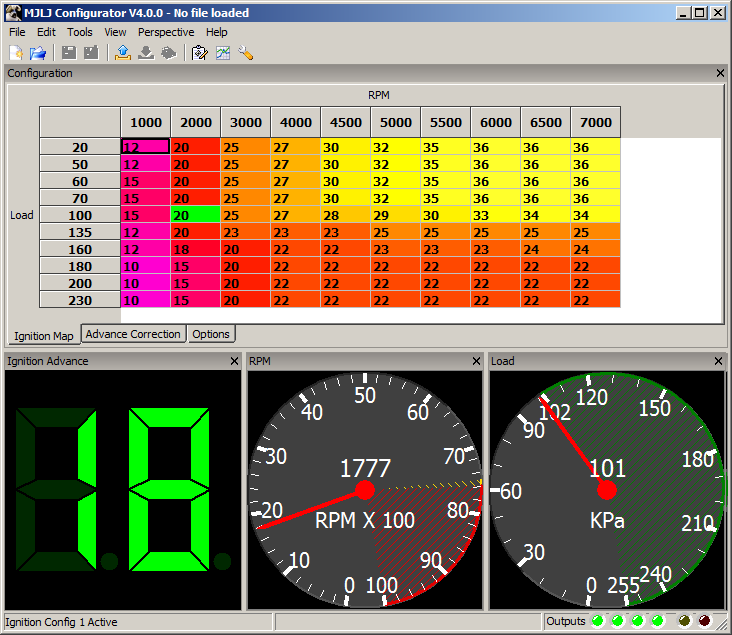U6an
Automotive
- Mar 5, 2015
- 3
Dear all,
Hello I'm a new guy to both this forum and engines
I have a question (maybe a stupid one) about what is defined by Engine Load and how it affects the fuel consumption of the engine?
Having found no exact definition, I assumed the Load to be dependent on the % of the Throttle being open and, thus, also dependent on the ratio of mixture volume to the full cylinder volume.
WOT causes this ratio to be equal to 1 (or higher, if we have a volumetric efficiency > 100%), % of Throttle being open less than 100 causes the volume of mixture be smaller than the cylinder volume. Right?
But RPM depends on the Throttle opening as well. Does it also mean that the RPM is proportional to the Engine Load?
I feel I have a mess in my head.
Regards,
U6an
Hello I'm a new guy to both this forum and engines
I have a question (maybe a stupid one) about what is defined by Engine Load and how it affects the fuel consumption of the engine?
Having found no exact definition, I assumed the Load to be dependent on the % of the Throttle being open and, thus, also dependent on the ratio of mixture volume to the full cylinder volume.
WOT causes this ratio to be equal to 1 (or higher, if we have a volumetric efficiency > 100%), % of Throttle being open less than 100 causes the volume of mixture be smaller than the cylinder volume. Right?
But RPM depends on the Throttle opening as well. Does it also mean that the RPM is proportional to the Engine Load?
I feel I have a mess in my head.
Regards,
U6an

![[rofl] [rofl] [rofl]](/data/assets/smilies/rofl.gif)
![[banghead] [banghead] [banghead]](/data/assets/smilies/banghead.gif)
